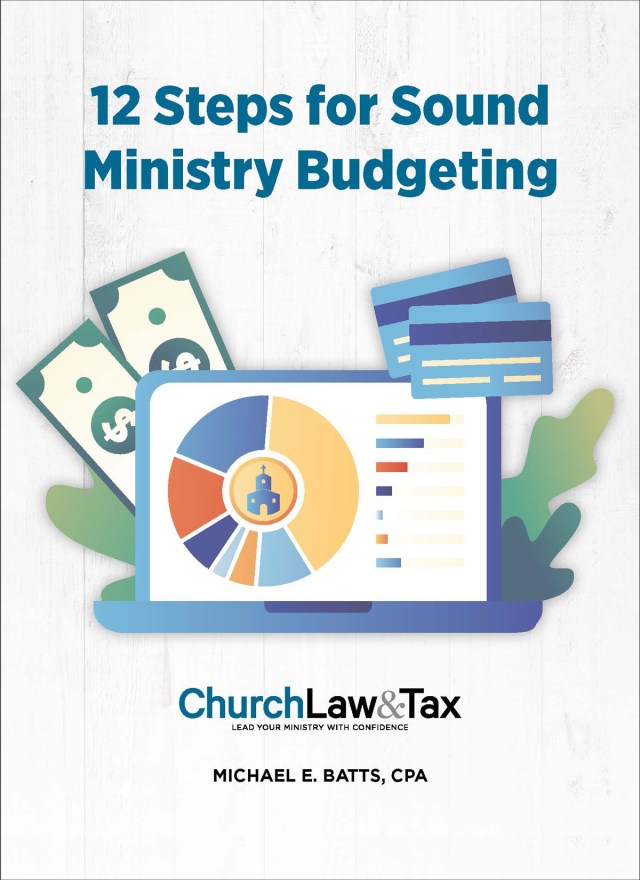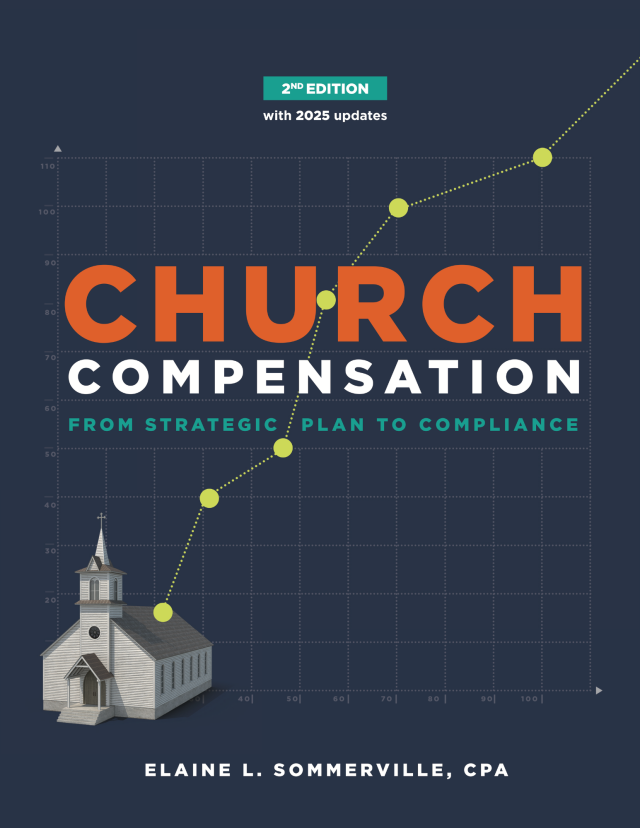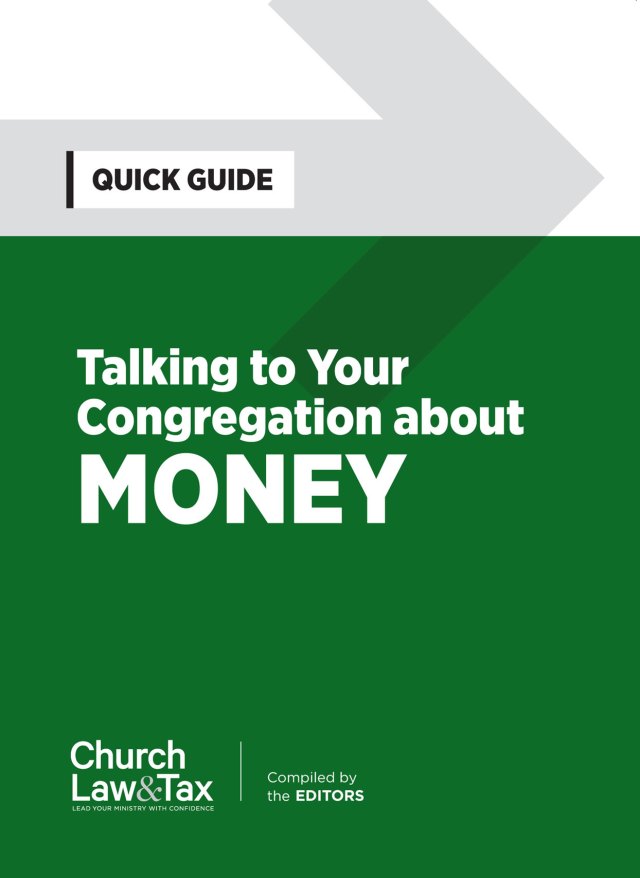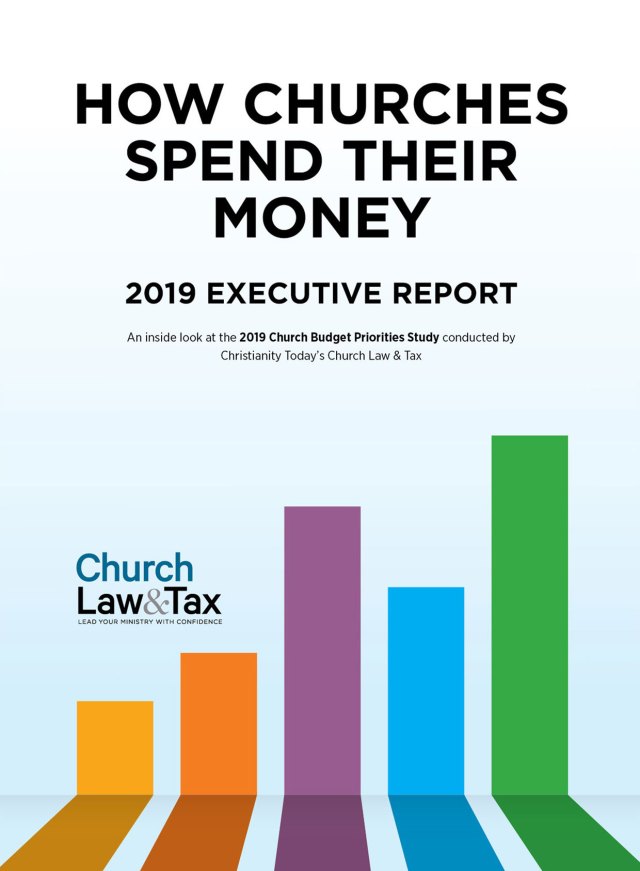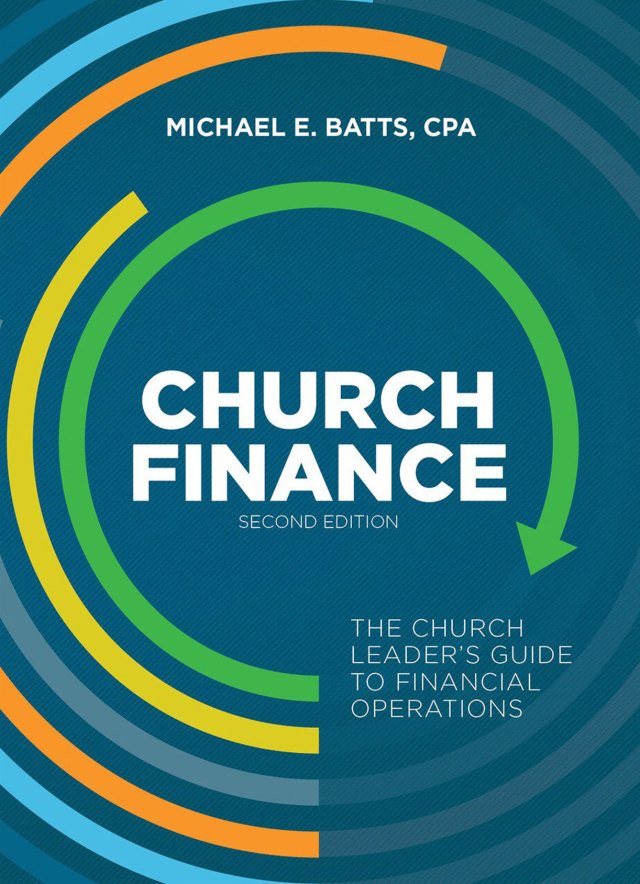Right now is a great time to think about how to use your time most efficiently. Procedures like those provided below spread the workload out over a period of time. Performing these simple steps throughout the year will result in your year-end financial closing being similar to any other month-end, rather than a stressful and time-consuming event.
Here are the top 10 things you can do to make the end of the year easier.
1. Prepare a monthly closing checklist
This list should include items such as bank reconciliations, investment reconciliations, and items 2 through 5 below. It should also include the name and initials of the preparer and reviewer. Set a realistic time frame for completing the checklist each month and monitor it for compliance.
2. Perform monthly donor reconciliation
Reconcile the donor system with the contribution accounts in the general ledger on a monthly basis. This will allow you to detect any errors or unusual reconciling items, such as recognition of pledges, and will make the year-end reconciliation quicker. Even if you use an integrated church management system, posted journal entries could result in differences.
3. Track temporarily restricted net assets
When donors give amounts for specific purposes, you need to track the amounts received and when and how they were spent. Doing this monthly will save you significant time and effort at year-end.
4. Track employee benefit hours
Your annual financial statements must include the value of any benefit hours (such as vacation time) paid out, times the pay rate. That will be easier to do if you calculate the amounts earned and used on a monthly basis.
5. Compare budget to actual numbers with department heads
Management should receive information on budgets and the actual amount of income and expenses each month. Department heads will inquire if they believe something was inaccurately charged to their budgets, creating an internal control to make sure transactions are properly recorded.
6. Reconcile 941 forms to payroll expense accounts
When the 941 is prepared each quarter, make sure the reported amounts agree with the general ledger.
7. Maintain a fixed asset folder
To easily identify and record fixed assets purchased during the year, keep a separate folder with copies of invoices related to the purchase. Many organizations leave the purchases expensed during the year to help with departmental budget reporting. At the end of the year, a reclassification entry is necessary to remove the amounts from expense and capitalize them as assets. This folder will make that process faster and provide documentation if your accountants or auditors want more information.
8. Monitor debt covenants
With the credit market so restrictive in recent years, monitoring debt covenants has become even more important. It’s crucial to start by understanding the covenants included in your loan documents. Then monitor them consistently so you can address any concerns with the lender upfront, rather than after a breech occurs.
9. Monitor any accounts outside your church’s direct control
Sometimes groups within an organization, such as a parent/teacher group or mother’s group, establish bank accounts with the organization’s tax identification number. Ask the groups within your church if they have a bank account and if so, which tax identification number was used. If the church’s identification number was used, you need to make sure the funds are used appropriately. Consistently obtain bank statements and information on income and expenses related to these accounts.
10. Contact your accountant with new issues or questions
Don’t be afraid to contact your accountant throughout the year. He or she would love to help make sure your financial reporting is accurate during the fiscal year, not just after the year ends and adjustments are made.

